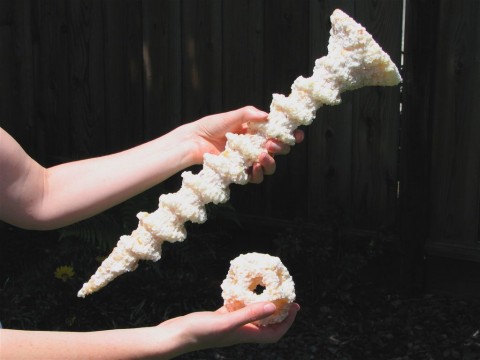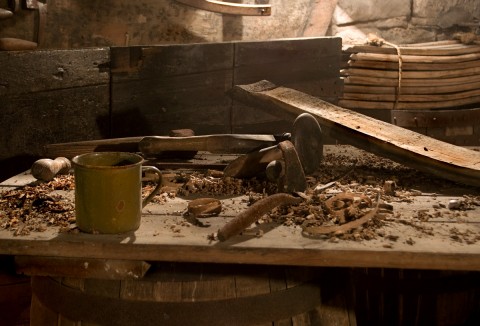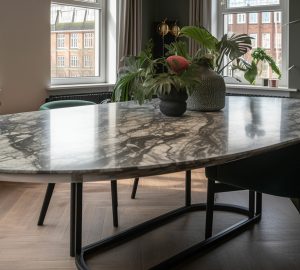After finding the perfect home, securing a mortgage, getting the keys and moving all of your belongings in, you could be forgiven for thinking the hard part of moving into your first house is over.
Unfortunately new homes notoriously need a lot of work to improve the quality of living and the home’s appearance. Rather than calling out professionals for every minor job, here are a few DIY tips for first-time home-owners.
Replacing Broken Bulbs
If the previous homeowners invested in cheap bulbs or had a tendency to screw them in too tight, there is a high chance they will shatter when you attempt to remove and replace them. The broken remnants of the bulb still in a light fitting can be difficult and dangerous to remove. Protect your hand against lacerations by chopping a large raw potato in half and pushing the flat side over the broken edges of the bulb. Twist the potato, loosening the bulb and removing it.
Investing in higher quality bulbs can save you money in the long term as they will last longer and often work with greater energy efficiency.
Removing Stripped and/or Rusted Screws, Nuts and Bolts
When tackling DIY jobs in a new home, you may find your progress inhibited by screws, nuts and bolts in less-than-ideal conditions, particular when found in locations prone to damp conditions such as the garage. There are a few methods to help you remove these screws, nuts and bolts and help you continue your DIY progress.
A stripped screw is a screw which has lost the integrity of its teeth due to overuse or poor maintenance. These screws can be very difficult to remove as screwdrivers will not be able to maintain a proper grip. If you have a stripped screw which you cannot remove one option is to drill through the screw so it falls out the other side. If this is not appropriate, this screw extractor set from Screwfix can help you attain a grip on the stripped screw and remove it accordingly.
Rusted joints are similarly difficult to remove. Firstly try soaking the rusted fitting with a strong lubricant for 30 minutes and return to try and remove the nut or bolt. If this does not work, stronger action may be required. Use a blowtorch to heat the rusted nut or screw, forcing it to expand. When it has cooled slightly, the nut or bolt should simply unscrew. Always ensure you are protected when using a live flame.
Solve the Creaking Floor
If your first night in a new home is interrupted by the creaking of wooden floors, panic may set in as you consider the prospect of investing in expensive new flooring. However, there is a very simple trick to solving a creaking wooden floor with only minimal investment – using a bottle of talcum powder from the bathroom. Simply spread the talcum powder over the creaking floor and use your foot to spread the powder into all cracks and gaps and the flooring. Once the cracks are all sufficiently filled, the creaking should cease. This trick may need repeating every few months.
Correct Storage
Finally, always make sure all your tools and pieces of equipment are securely stored away and protected from adverse conditions such as damp to ensure they work with total efficiency for longer.










